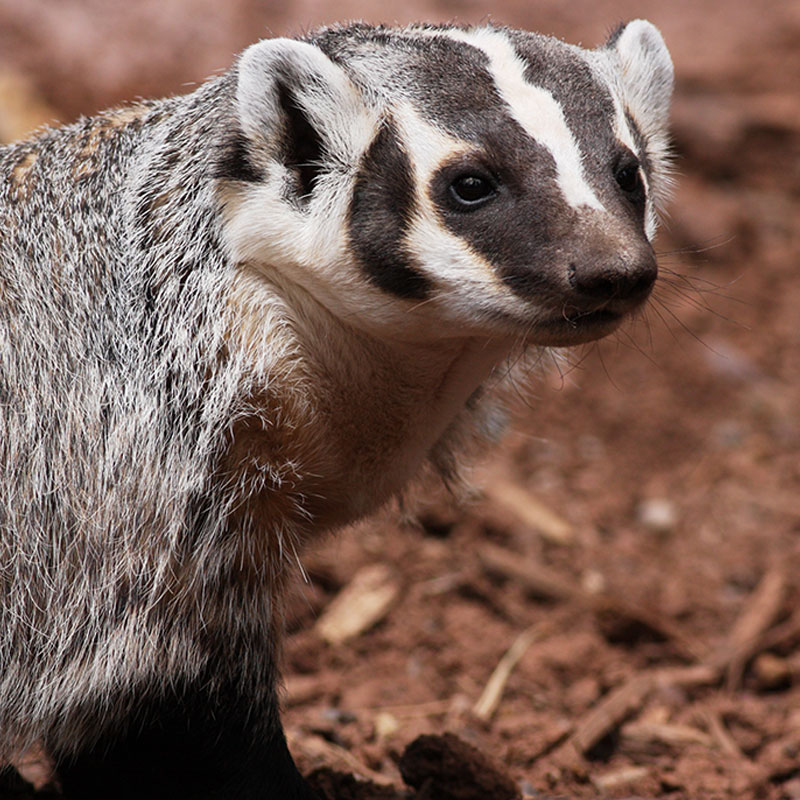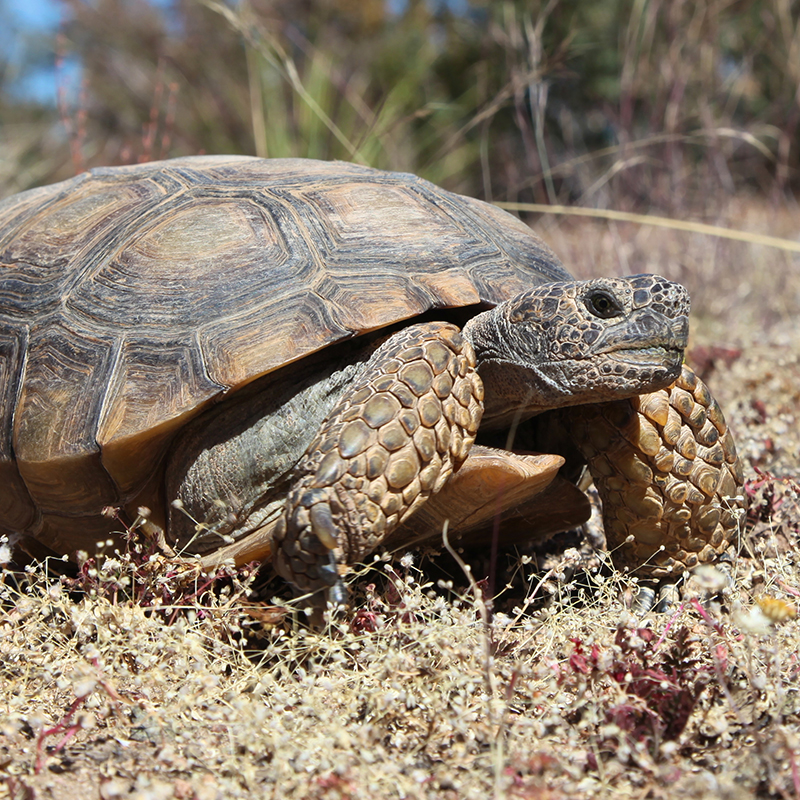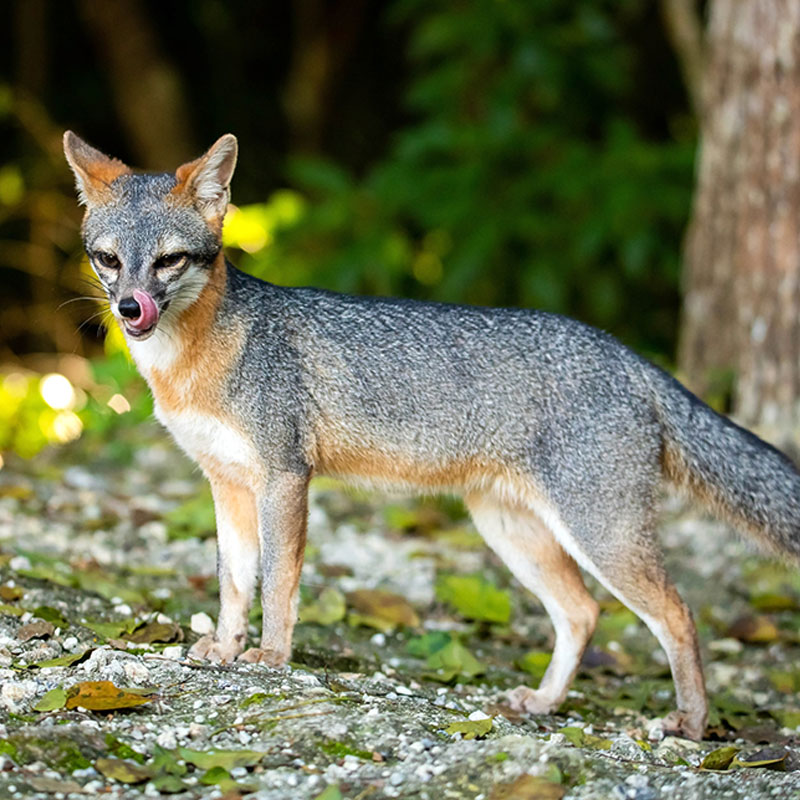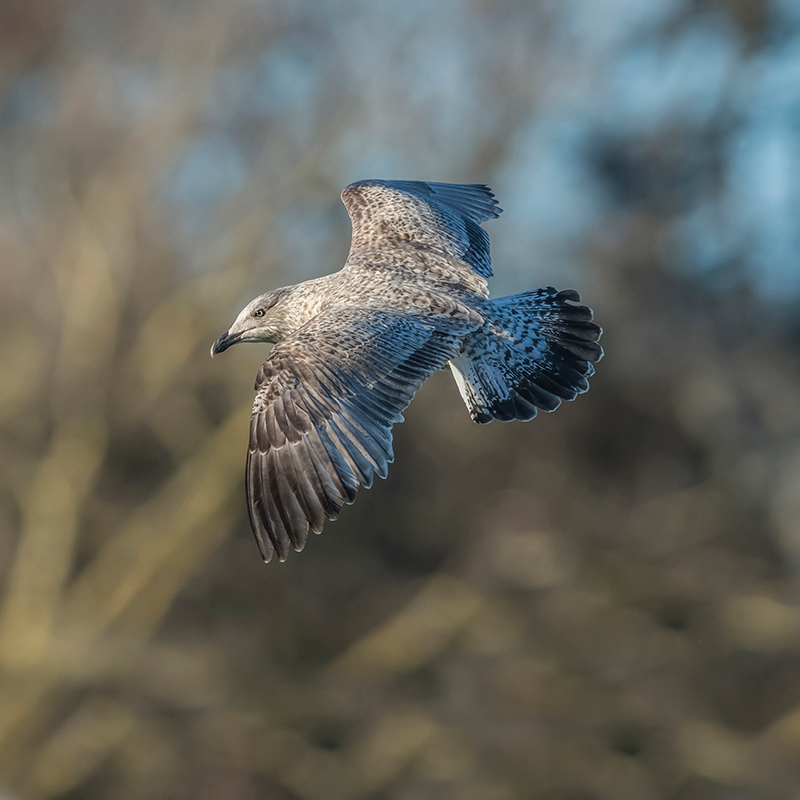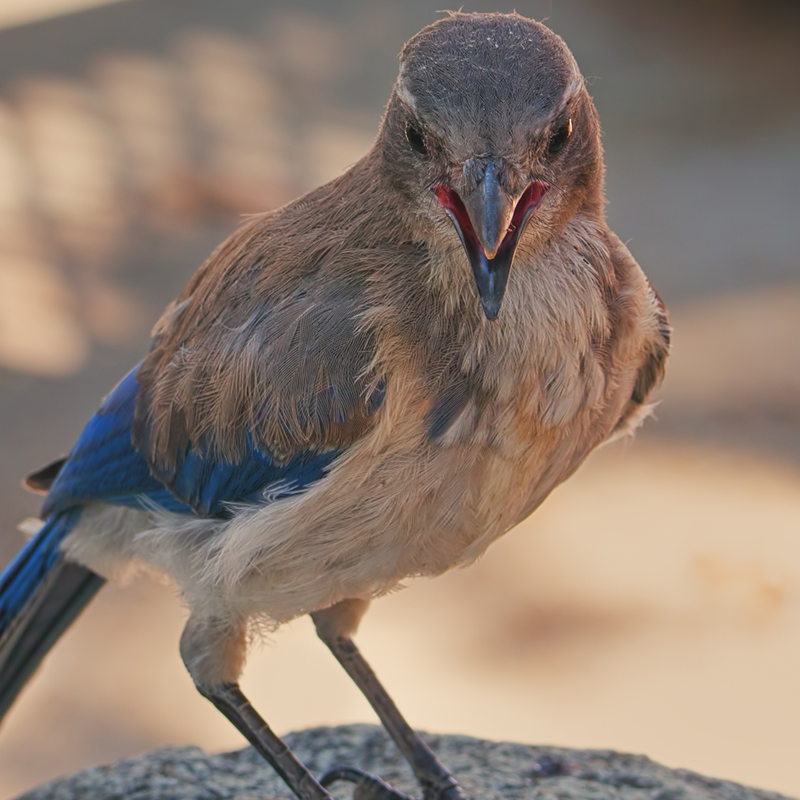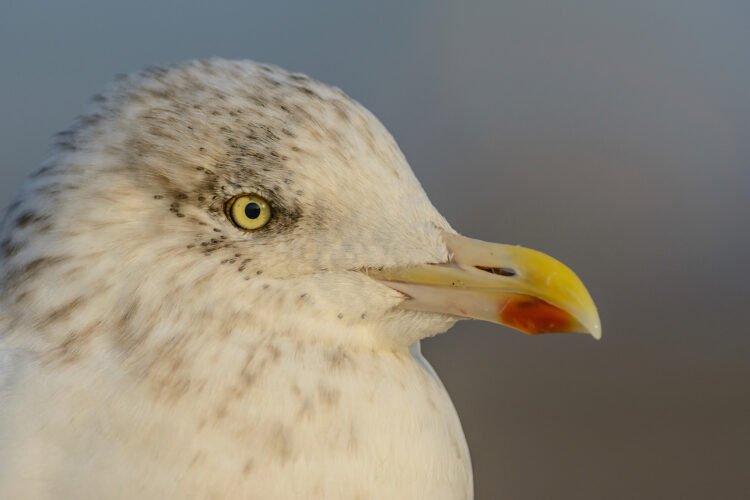
Herring gulls are the best-known and most widely distributed gull in the entire Northern Hemisphere. Adults are white with a blue-gray back and black wing tips. Their legs and webbed feet are pink, and beaks yellow with a red spot near the lower tip. Juveniles are brown with darker streaks; bill and eyes are dark. It takes 4 years to reach adult plumage and maturity.
Herring gulls live on the West and East coasts of North America. They also inhabit inland areas around fresh water lakes, rivers and marshes. They are opportunistic and are not above stealing a meal, eating fish, roots, tubers, seeds, mollusks, crustaceans and garbage. They may hover to pick up pieces of food; however, they will not dive from the air. They are often seen dropping shellfish from a height onto rocks or roads to break them open.
Herring gulls do not breed until 4 or 5 years of age. They usually lay 3 eggs, which both parents incubate for about 4 weeks. Chicks will fly only 1 or 2 days after hatching.




